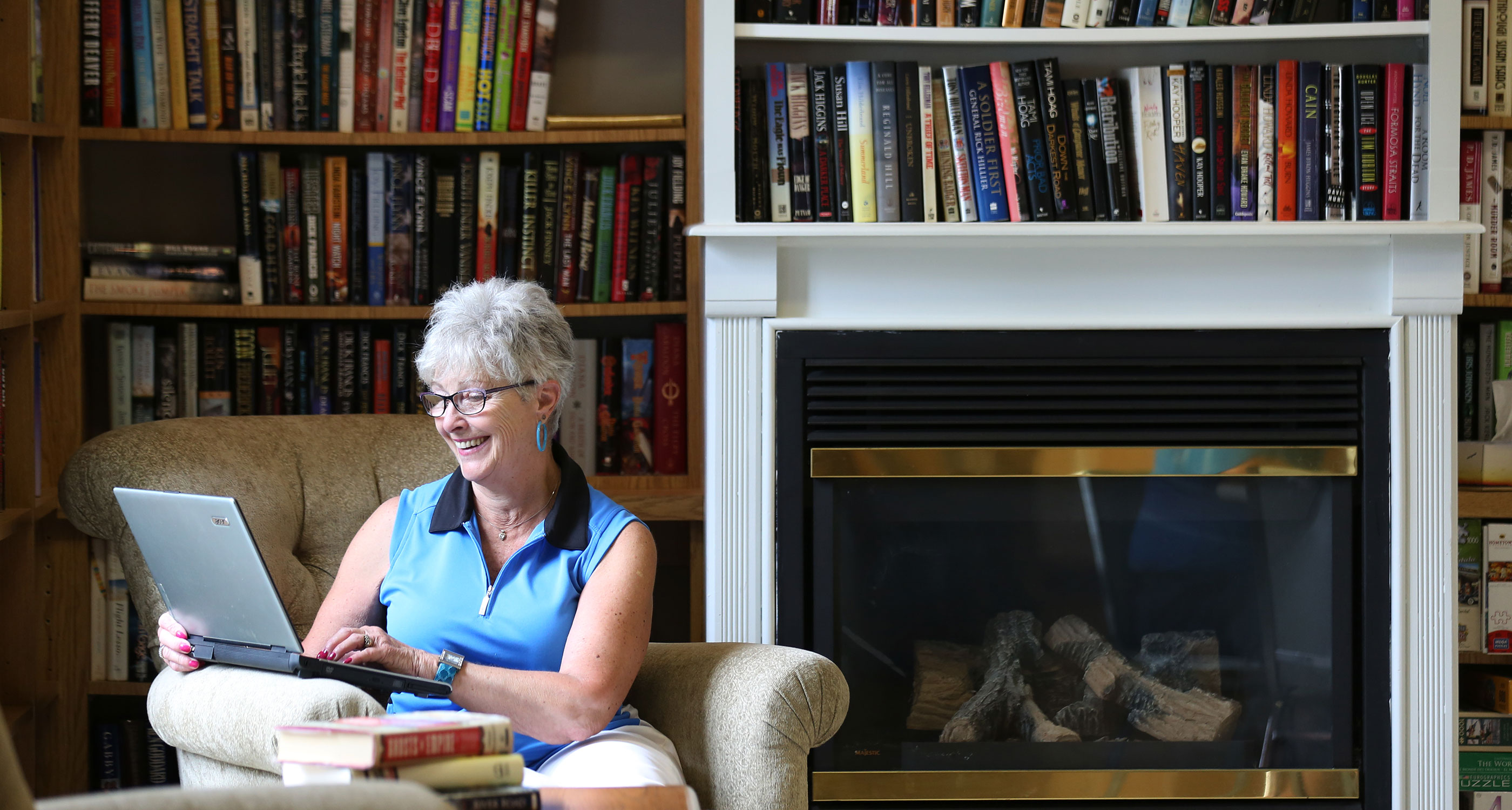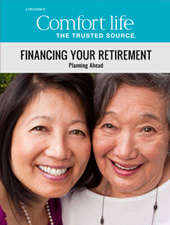What to know about this topic:
- Stage 1: Pick a point person and gather all your resources
- Stage 2: Create lists of wants and needs
- Stage 3: Fully research options on ComfortLife.ca
- Stage 4: Gain first-hand knowledge with an open mind
Below, we look at a fully considered approach that’s been very successful for families when they research retirement residences. Here are four broad stages you’ll go through to find a great retirement home for you.
Stage 1: Pick a point person and gather all your resources
Ideally you'll begin the process ahead of time, with a clear mind and plenty of lead time. If you’re facing urgency, keep your perspective and don’t give in to duress. No matter who you are, there’s probably going to be stress and anxiety. You will encounter hiccups.
The point person. It’s most effective if one adult child (or one person) in the family takes the lead in working with their parent or parents (or other loved one). Ideally, this person knows the industry or works in healthcare. If not, choose the sibling with the organization skills and time to take the lead. For this family member, it’s good to have an outlet like prayer, meditation, or exercise, to help them stay grounded. Having a single point person ensures that the parent won’t be needlessly overwhelmed or pulled in different directions by different voices. That person should also know how to talk to parents about senior living.

Gather knowledge and take notes. Understand all the financial assets available to you. Research as many different retirement communities as you can.
Aside from ComfortLife.ca, other sources of information that can help you include:
- Government and professional help. Sources include government agencies like Alberta Health Services (AHS) for Albertans, Home and Community Care Support Services in Ontario, or Home and Community Care in British Columbia, where SeniorsBC.ca is also helpful.
- Family and friends. The most important of your immediate resources are family and friends. Find out if anyone has gone through the process of finding senior care or senior living lately. Ask them for advice or any other help they can offer.
- The library and local bookstores. Many books have been written on the subject of senior living and senior care.
Stage 2: Create lists of wants and needs
With research, you’ll start to get an idea of what’s possible. You’ll know basic things you truly need to have in a retirement home. There will also be things you probably can’t live without, and others that are “nice to haves.” For example, you might want a lot of closet space or a Bridge club or fine dining. It’s important that the point person and the senior work together on this list.
You can then begin imagining a place that meets your specifications. You’ll learn more as you research and tour. Change the list as you go. Be honest with yourself, though, and be specific. Know what’s a deal breaker and what’s nice to have. Here are four broad categories of those needs and wants:
Location: Many people want to be close to their kids and grandkids. If kids have moved away, a move to a retirement home can be a way to get closer again. That can also be a mistake if you lose proximity to a place of worship you love or other things that matter to you. For others, there’s a city or area familiar to them that they don’t want to leave. Some people may have several kids’ families they want to be close to, so they look for a retirement home equidistant between them.
Cost: You need to know what fees you’ll be facing, what you can afford, and for how long. Don’t miss our look at the two latter items on page 23.
Care needed: List whatever care you need now. Put it in writing and be specific so you can describe it consistently to different retirement homes. For example, “I’ll need help getting dressed every morning.” People who are still independent or have only moderate needs at the moment should try to anticipate future changes. If you know that you have potential health concerns, look for a place with a continuum of care. Ideally, you don’t want to move again later.
Activities and amenities you’ll enjoy: For example, some retirement homes have golf greens, while others don’t. List as many interests as possible, then rank them in importance to you. You should anticipate that you’ll be at your best and you’ll want to enjoy things as much as possible. Anticipate living there for a long time to come. If you’re like others, pursuing these activities might add years to your life. There are no rules about how many items you put on your lists. Some people may list three items while others list 20 or more. Know what you absolutely need, and include everything that makes life enjoyable.
Stage 3: Fully research options on ComfortLife.ca
Find your city in the list on our home page or go our advanced search to find communities near you. Links there will lead you to reports on communities near you. Each report provides plenty of info you won’t find on retirement home websites or brochures. The reports all have the same structure, enabling you to casually explore options or research them in greater detail.
Our Perspective at the top of each Comfort Life Report tells you what we think is significant about each community or care service.
Community’s Perspective provide community managers’ answers to five crucial questions that explain what’s unique about what they offer. Learn their vision and how it fits with your needs.
Interview videos include video chats with residents and family members who describe their experiences of life in the community.
Reviews provide detailed reports submitted by family members or seniors who live there. They delve into their experiences with amenities, staff, food, activities, and four more key factors.
Contact forms and other buttons on ComfortLife.ca Reports let you make inquiries directly to communities, phone them, or click through to their website. You can also ask the community questions right in the contact form. ComfortLife.ca makes it easy to contact multiple options all in one place.
Still more tools to help you choose:
Stage 4: Gain first-hand knowledge with an open mind
Go out and tour. On ComfortLife.ca, we offer coupons for either lunch and tours or dinner and tours, right on each community’s report. The meal and tour is one of a few different ways to get a good look at communities from the inside. Try the food, meet people in the community, then tour.
You can skip the meal and simply tour, too, of course. Include at least three different retirement residences on your tour schedule, so you have a survey of what’s available. Take along a copy of our Tour Checklist into every community you tour. Print off as many copies as you need.
The best way to learn about a community is a trial stay. Many retirement homes set aside a suite for this. Stay at least one week in order to fully immerse yourself in the community. You’ll get to know every aspect of life there, including mealtimes, the schedule of activities, and the amenities. This immersion will tell you all you need to know about whether or not the community fits you and vice versa.






